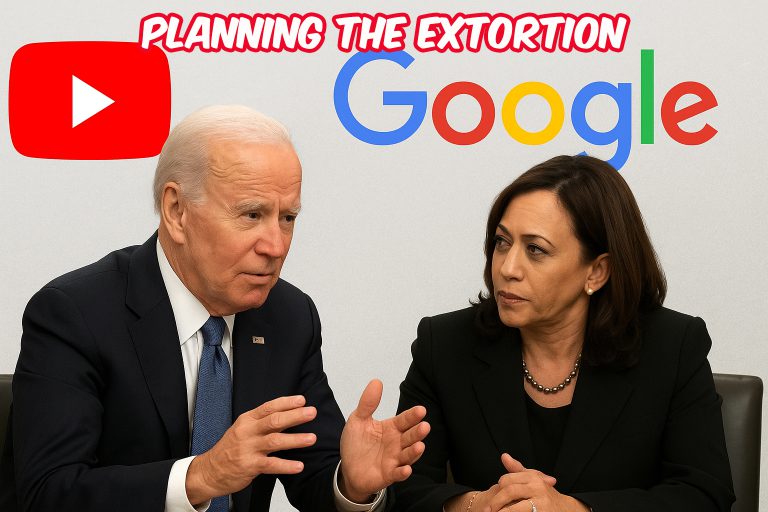
$402 Million Deficit: Incompetence or Corruption in Miami-Dade?
Miami-Dade is experiencing a structural financial crisis, with a projected deficit of $402 million in the fiscal 2025-2026 budget, presented by Mayor Daniella Levine Cava on July 15, 2025.
This budget gap is the result of a chain of questionable administrative decisions, including inflated spending, redundant creation of services, oversized workforces, and strategic omissions during the election cycle.
- Where does the deficit come from? Real causes behind the fiscal hole
A key element is the implementation of Amendment 10 in 2018, which created five independent constitutional offices, such as the Sheriff and the Tax Collector. Together, they account for nearly 44% of the budget deficit. While this is true, it is a state-sponsored directive, as other offices that served the same purpose are being eliminated with the creation of these offices.
There is also a notable reduction in state and federal revenues and local tax exemptions that drastically decreased the expected collection that had previously been increased by rising property values which gave rise to the mayor to grow her workforce and county bureaucracy to unimaginable proportions, only to then face declining property values and therefore a decrease in tax collections, giving rise to a tax pressure attacking resident property owners with alleged violations to collect taxes through fines for alleged code violations and taking the police to the streets to pressure drivers and thus place fines such as one mile over the speed limit and the doubt of the short yellow light at the traffic lights, the same applies to traffic violations caused by the county’s own negligence in not trimming trees that obstruct the view of the signs to drivers and the lack of maintenance to traffic signs that often cannot be read at night and the striped ones that no longer exist due to the continuous passage of Vehicles and their inherent wear and tear.
These structural causes are compounded by questionable spending decisions that deepen the crisis.
- The Tribute to MetroConnect: A Costly Gamble
The MetroConnect system (formerly GO Connect), operated by private contractors such as River North Transit LLC and Via, does not belong to the county or Miami-Dade Transit, but generates multimillion-dollar fixed costs.
The county signed a contract for $17.4 million for 18 months, regardless of actual service usage.
Each ride costs nearly $20, while the user fare is $2.25 to $2.75. This gap between fare and actual cost intensifies the hidden deficit, because the true cost is not directly reflected in public accounts.
- The Freeze of Plan 8: Legacy Spending or Poorly Planned?
The Section 8 housing voucher program was suspended due to a $77 million federal deficit, affecting thousands of applicants on the waiting list.
While this isn’t directly charged to the local budget, it reveals the county’s lack of alternative plans and obscures the real impact of the demand for social support, leading to the deterioration of services for the most vulnerable. These projects should be eliminated in favor of providing the real services a county should provide.
- Uncontrolled Labor Expansion: Superfluous Costs and Endless Lines
Although the budget reports a moderate increase in employment (only 1% growth in the public payroll, reaching USD 3.2 billion in spending), the reality is different: the creation of new offices and duplication of functions generates additional costs, but a large portion of the employees from the previous offices will be absorbed by the new offices.
The truly big problem lies with the park and garden workers you see enjoying the shade of the trees, the police officers with their vehicles running, parked in obscure spots, chatting from window to window, and other maintenance workers in practically the same situation.
The budget text describes a bloated workforce with queues of bureaucratic requirements, including social security-type benefits and early retirement, which exponentially increase spending without translating into efficient services.
In addition, 360 positions would be eliminated, but 140 are already filled; This suggests the county has hired more staff than it can sustain.
- “Wasteful” Spending in Other Areas: Plan 8, Parks, and Community Services
Plan 8 (Section 8) represents social transfer spending with the indirect effect of straining local resources, while the county abandons plans to fund affordable housing.
Other questionable spending includes unnecessary fees for social programs and multiple grants with no quantifiable results.
The proposed consolidation of departments threatens essential community programs like the Office of New Americans and the Office of Neighborhood Safety, while failing to eliminate redundant infrastructure—offices that should never have existed.
- The Political Concealment Strategy
The administration delayed disclosing the deficit until after the election to avoid adverse effects on Levine Cava’s reelection.
During the campaign, a “balanced, fair, and resident-centered” budget was touted, failing to mention that a multimillion-dollar deficit was already underway.
The announced cuts were framed as modernization, when in reality they were emergency measures to cover a previous and inevitable deficit.
- Real Effects on the Population
Public transportation fares will be raised by USD 0.50 (from USD 2.25 to USD 2.75).
A new USD 5 fee will be imposed for access to public parks, and the local gas tax will increase from 3 to 5 cents per gallon, further straining the budgets of low-income families.
Services such as support for immigrants, community centers for seniors, and neighborhood safety programs face deep cuts, when in truth they should be eliminated.
- Official Statements: Defense with Ambiguity
In recent statements, the mayor justified the budget by saying that “we can’t have a budget deficit… there were reductions I wish I didn’t make, but they were necessary to save $402 million.”
Described as a “fair, balanced, and resident-centered” plan, the narrative seeks to preserve image while implementing cuts that affect essential services.
Effective administration or political appearance management?
Miami-Dade’s fiscal crisis is real and serious. But what is most worrying is that it is being diluted behind a communications strategy aimed at protecting the mayor’s image while sacrificing the quality and access to public services.
The $402 million deficit not only reflects a structural deficit, but also inflated spending decisions like MetroConnect, maintaining an overstaffed workforce, superfluous sectors, and oversized programs whose justifications don’t fit the reality of citizen use, while it doesn’t matter if those who worked during their productive lives in the county lose their homes.
Neither the expansion of the MetroConnect service, nor the continuation of Plan 8 without a local solution, nor the proliferation of unnecessary administrative positions translate into clear benefits for the community, but rather into greater tax burdens: higher rates, less community support, and less budget transparency. Meanwhile, residents pay the cost of an administration more focused on maintaining its public narrative than on solving Miami-Dade County’s underlying problems.
We maintain that the role of the state should be to manage a condominium, and in a condominium, handouts are not given to people because they are vulnerable.
For that, there are much more appropriate social solutions without tax burdens and without waste, which indicates that if it is not corruption, it is true incompetence.
Contrast with his predecessor Carlos Giménez
Giménez took office amid a severe fiscal crisis inherited from the dismissal of the previous mayor; As a candidate and upon taking office, he cut his own salary by 50% and obtained concessions totaling $239 million in the first year, slashing employee benefits at several county agencies.
He implemented significant cuts: reducing the workforce from 28,000 to 26,000 employees, eliminating departments, and renegotiating union contracts, generating savings of more than $400 million.
The Surplus at the End of the Administration
Although a “surplus” is not explicitly mentioned in each budget, his last 2021 budget, presented before leaving office, was passed without a deficit thanks to the support of nearly $1 trillion in federal aid under the CARES Act. He consistently maintained a stable or decreasing tax rate and increased net spending by just 1%.
The administration closed with healthy financial reserves and without requiring unpopular direct tax increases.






